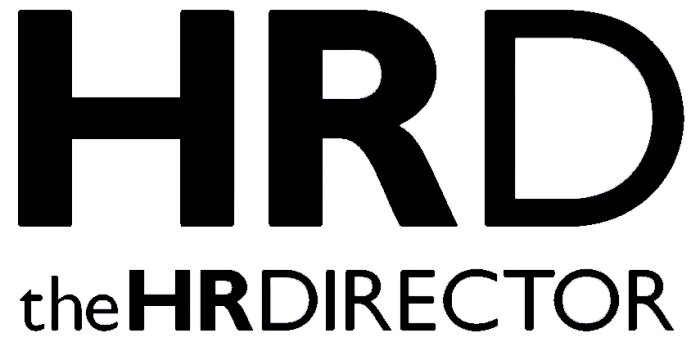The numbers looked worrying—again. Absenteeism had ticked up, engagement was down, and despite significant investment in wellbeing platforms, results were underwhelming. Sitting at her desk late one evening, the HR Director scrolled through quarterly KPIs with a sense of unease. “What am I missing?” she asked.
Like many HR leaders, she was doing everything “by the book.” Wellness initiatives? Check. Hybrid work policy? Implemented. Mental health webinars? Delivered. Still, the culture felt brittle. Managers reported emotional exhaustion. New hires left within months. Psychological safety was more an aspiration than a reality.
This wasn’t a performance issue—it was something deeper. And she couldn’t name it.
What she didn’t yet realise was that her workforce wasn’t just disengaged—they were carrying trauma.
Not always the dramatic, newsworthy kind. Often it was cumulative: personal loss, chronic stress, racial microaggressions, exclusion, burnout from unsustainable pressure. Trauma doesn’t need a headline. It needs recognition.
And while trauma often starts outside the office, the workplace can amplify or alleviate it. When left unaddressed, trauma shapes how people relate to each other, trust leadership, and show up for work. When acknowledged and integrated into strategy, it becomes a gateway to resilience, healing, and long-term cultural change.
Why Trauma-Informed Leadership Is Crucial
In today’s volatile reality, trauma is becoming a defining feature of the employee experience. Whether it’s personal grief, collective crisis or the weight of systemic exclusion—these experiences affect how people think, feel and perform.
And this is why trauma-informed leadership is not just helpful—it is essential:
- It protects mental sustainability in the workforce
- It strengthens inclusion, empathy and trust—pillars of the “S” in ESG
- It prevents escalation from stress to burnout or disengagement
- It empowers leaders to respond rather than react to emotional complexity
- It relieves HR from endless firefighting by addressing root causes
In other words: it’s not just about wellbeing—it’s about building an organisation fit for the future.
A New Lens: Trauma-Informed Leadership as ESG Strategy
Here’s where the story shifts.
Rather than doubling down on surface-level interventions, our HR Director decided to look deeper. With guidance, she began applying a trauma-informed leadership strategy—not as a wellbeing initiative, but as a pillar of her ESG agenda, focused on the Social dimension.
Her journey followed a clear 8-step model:
1. Assessing the Real Situation
First, she led a cultural audit—not just on engagement, but on psychological safety, stress exposure, and emotional wellbeing. The findings were eye-opening: many employees felt unsupported after crises, unheard in conflict, and unsure how to ask for help.
This data became her mirror, not her verdict.
2. Reframing the Mission: From Wellness to Safety
She rewrote the wellbeing charter. It now acknowledged trauma, prioritised psychological safety, and committed to inclusive recovery practices. “We’re not just offering support,” she declared, “we’re rebuilding trust.”
3. Policy as Protection
New policies were introduced:
- Support systems for employees returning from personal or collective trauma
- Trained peer mentors across departments
- Clear post-crisis response protocols
These weren’t add-ons—they were structural reinforcements.
4. Resilience as a Skillset
Managers and leaders were trained in trauma awareness. They learned to recognise dysregulation, lead with empathy, and make space for emotional realities. Over time, feedback loops improved. Conflict resolution became more human-centred. Leaders reported feeling less helpless and more empowered.
5. Investing in Recovery, Not Just Performance
Instead of wellness one-offs, the HR Director curated a recovery ecosystem: confidential coaching, moderated peer groups, and resilience training. Participation grew organically—people felt safe enough to engage.
6. Aligning with Strategy: KPIs That Matter
Wellbeing became embedded in ESG metrics. KPIs now included:
- % of trauma-informed leaders
- Psychological safety scores
- Retention post-critical incidents
This sent a clear message: people are not separate from performance—they are performance.
7. Continuous Listening, Iteration and Care
With regular pulse surveys and open dialogue, the HR Director kept a finger on the cultural pulse. Where fear once silenced, feedback now flowed. Her team responded, refined, and evolved policies in real time.
8. Scaling the Culture Shift
Eventually, trauma-informed values were embedded across the employee lifecycle—from hiring to offboarding. Leaders championed emotional literacy. DEI work deepened. ESG reporting began to include human experience, not just statistics.
The culture had shifted—quietly, but profoundly.
From Overwhelm to Ownership
Looking back, the HR Director realised her original question—“What am I missing?”—had been the start of transformation. The answer hadn’t been a new platform or external solution. It had been a mindset shift:
- From surface fixes to root-cause healing
- From burnout management to trauma-informed leadership
- From reactive HR to socially responsible ESG strategy
She no longer felt helpless. She felt in charge—and aligned.
Conclusion: Trauma-Informed is Future-Informed
The future of HR leadership isn’t just about optimisation—it’s about humanity. As the world becomes more uncertain and employees carry more invisible weight, trauma-informed leadership is not a soft skill. It is a strategic imperative—especially for ESG-aligned organisations.
The “S” in ESG cannot be met with slogans. It requires systems. It requires care. And above all, it requires leaders who are ready to look beneath the surface.







